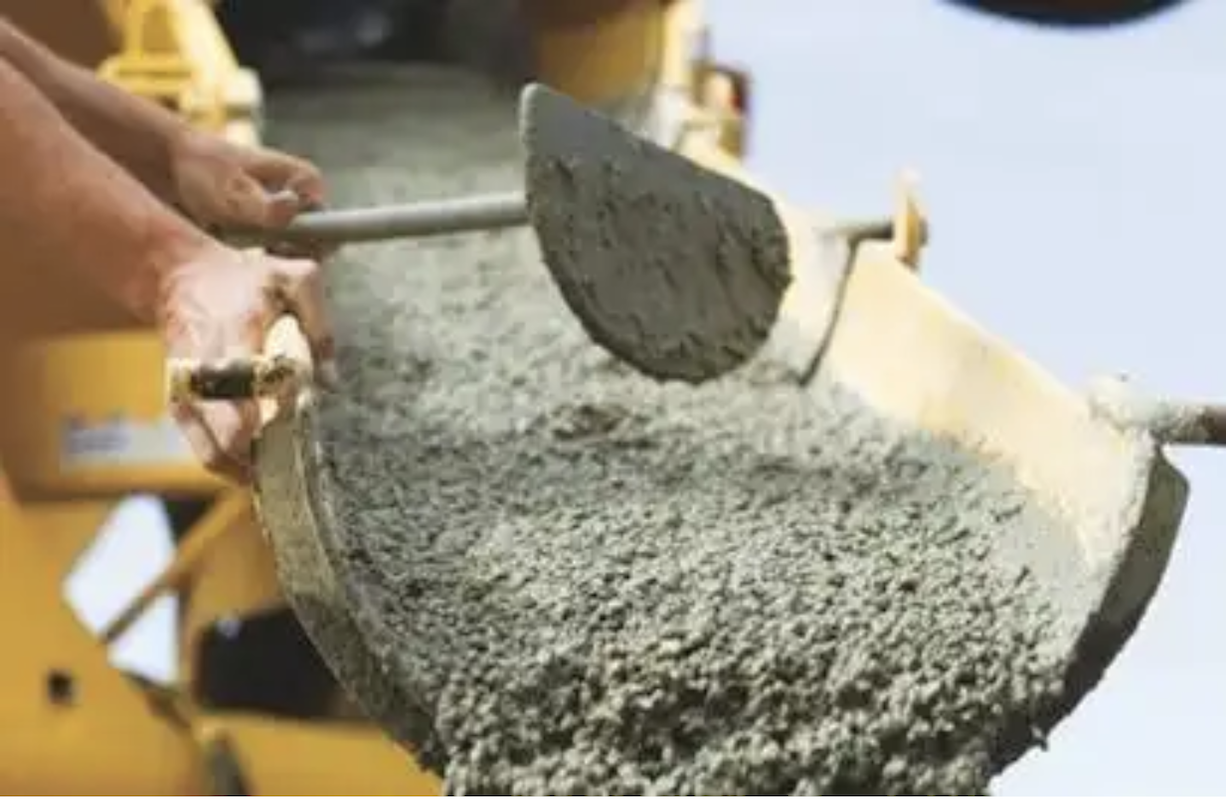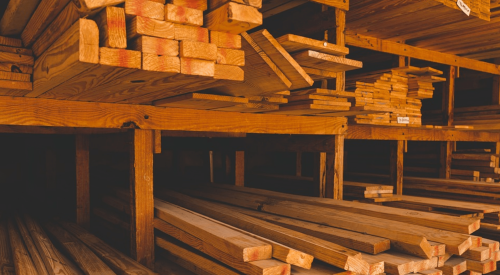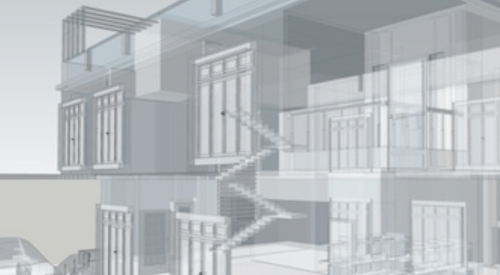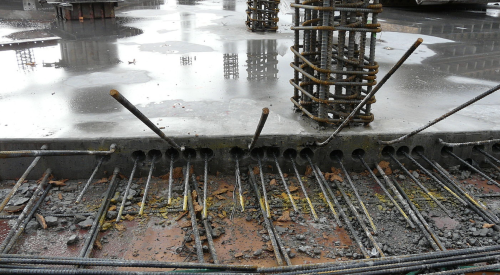How you purchase concrete is vitally important to your business. Or perhaps I should say it a different way: How you purchase foundations and flatwork — the two areas where concrete is used most often in residential construction — is vitally important to your business. In fact, it is one of the most important purchases you will make as a builder. Why? Because buying concrete improperly can have a catastrophic impact on the outcome of a home. Foundation issues are very difficult and costly to fix after the foundations have been set and the home has been constructed. Moreover, foundations and flatwork are in the top three line items of the cost of a home. Here is where cost and quality must be evaluated.
RELATED
- Concrete Solutions for Lurking Moisture
- Proper Backfilling and Grading for a Dry Foundation
- How to Avoid Cracks in Post-Tensioned Concrete Slab Foundations
The cost of aggregate fluctuates with the overall market for aggregate. Unfortunately for builders, much more aggregate is used to build roads, bridges, and commercial structures than homes. Even the largest home builders are not very significant to the major suppliers of raw material. Beyond the underlying cost of the aggregate itself, the aggregate plant’s location and trucking also affect the cost.
Buying concrete improperly can have a catastrophic impact on the outcome of a home. Foundation issues are very difficult and costly to fix after the foundations have been set ...
Most builders buy concrete turnkey, whereby both the material and labor are provided by the same contractor. Sometimes this work is split between foundations and flatwork, while other times it is performed by the same trade. Buying concrete turnkey can add a level of confusion about what is being purchased, what the costs are, and why the costs change from house to house and over time.
How Builders Can Lower Costs for Concrete
Yet there are opportunities to lower concrete costs. It all starts with an understanding of the code, soils reports, engineering studies, and architectural drawings. From these reports, designs are created and volumes of material can be estimated — aggregate, rebar, rock, and the like.
A review of builders’ purchasing techniques of foundations and flatwork shows that:
- Most builders receive a turnkey bid with both labor and materials in a single amount.
- A few builders receive a turnkey bid but have labor and materials broken out separately.
- Very few builders receive a turnkey bid with labor and materials broken out separately and help the foundation and flatwork companies purchase their concrete.
All of these approaches involve the trades generating bids and cost estimates. Builders then use this information to determine which company to work with. They also use the cost information as an input to the price-setting process. Is one technique better than another? In our view, yes.
RELATED
- How Your Purchasing Team Can Help You Build a Stronger Business
- New Rules of Purchasing for Builders
- The Center of Home Building: Purchasing
The Concrete Contractor’s Perspective
Unlike many subcontractors, foundation companies have to make an investment in forms and equipment to perform their jobs. In a down economy they are working hard to keep those assets deployed. This creates an opportunity for builders to work with these companies to lower costs in exchange for committed business, primarily on the labor and profit side. They need volume.
Once you accept the advice of the engineers and architects on the grade of materials to be used, how the soil will be prepared, and how the foundation and flatwork will be constructed, you are in a position to bid the work.
What Does the Data Say?
We analyzed the purchasing practices and costs of many builders’ foundations and flatwork construction. In general, they have a “guy” they have used for many years. They are comfortable with him and have stayed with him a long time. Competitive bidding would be the only way to check the costs being charged.
When we asked the builders if they knew the number of yards of concrete being used in a foundation or the number of square feet of concrete used in the flatwork, very few of them knew the quantities. Without this level of information, the only way a builder could hope to get to the lowest cost would be to competitively bid the projects and then re-bid them as the commodity costs changed. This creates a lot of work (and cost) for both the builder and subcontractor and doesn’t promote stability in the relationship.
What to Do When Buying Concrete
Work with your guy. Discuss his ideas on how the work can be completed with the highest quality and the lowest cost. Break down the bids into materials and labor. Put yourself in the position of being able to understand the variations in cost related to fluctuations in material costs versus plan design. Make it easier to do business with each other.
Builders with access to design tools can do a foundation layout and have the computer calculate the amount of concrete required with an allowance for waste.
How do you understand materials costs? Buy the data. Subscribe to a data service. In seconds, you can call up pricing for concrete specific to your general area. So when the contractor discusses fluctuations in the underlying commodities, you will be in a position to validate and understand the impact and determine the general validity of the request. You will also be in a position to seek a reduction when the costs dip.
Builders that have used these techniques have had impressive results: savings of 12 to 22 percent
Educate yourself on the grade of concrete being purchased, the cost per yard for foundations, and the cost per square foot for flatwork for the material and labor. This will have another advantage, too: In addition to now being able to compare costs across house plans and being able to understand cost differences caused by volume differences, you can also contract the work on a volume basis. For example, take driveways. A standard driveway may be 30 feet long. Contract for the standard and then use a variance purchase order to adjust the cost up or down depending on the actual driveway length.
The Solution for Concrete Purchasing
Clearly, we like methods No. 2 and No. 3 described earlier in this column, which involve purchasing foundations and flatwork turnkey but bidding them on an unbundled basis. Both techniques:
- Put the builder in the position of understanding costs, removing the volatility associated with the commodity aspect of the category
- Save time in managing the relationship with the contractor
- Allow the builder to have a cost-effective, long-term relationship in the category.
Depending on builder size, there are additional opportunities to seek out a relationship with concrete/aggregate companies and create favorable pricing for your contractor (and therefore yourself) by directing concrete purchases to one or possibly two sources. As I mentioned earlier, a big component of cost relates to a subdivision’s distance from the concrete plant itself. For example, in Denver, if a builder builds near the plant locations for a company like Lafarge, there are opportunities to consolidate purchases.
RELATED
- The Pros and Cons of Group Purchasing
- What’s Your Ratio? Purchasing Ratio, That Is
- Supply Chain Relationships: What's Working and What's Not [Research]
The End Result
Builders that have used these techniques have had impressive results. Savings of 12 to 22 percent have been achieved, along with the intangibles associated with saving time in managing this category. Time spent in the bidding and payment processes is greatly reduced for both the builder and the foundation and flatwork contractors. The result is lower cost and better service, and both sides are better off. The mystery of cost is greatly reduced, even in a commodity as important as concrete.
Charles Schneider is the founder and CEO of Builder Sourcing Corporation, a professional services firm that works with home builders to improve their results in purchasing and the use of advanced builder management systems.













